Reseeding is an investment, costing in the region of €350/ac to €400/ac in 2022 for a full reseed. Ensuring that you take the correct steps when reseeding will see a maximum return on your investment.
Timing
Timing of reseeding is critical. Spring is the most common time for reseeding to be completed. On farms that suffer drought stress in the summer, reseeds should be completed earlier in spring to prevent a slowdown in germination.
Autumn reseeds completed in July or August work well, although they also pose the risk of weather conditions causing issues regarding poor growth, difficult grazing conditions and difficulty in applying a post-emergence spray.
Soil fertility
Before reseeding is considered, soil fertility should be assessed. Where soil P and K levels are index 1 or 2, steps should be taken to correct these before starting a reseed.
Sub-optimal fertility levels in soils will result in a poor uptake of nutrients by the new grass sward, leading to non-productive grasses and weeds becoming more prevalent than our desired plant species. Farmyard manure or slurry are the most cost-effective ways to build soil fertility, as well as adding organic matter to the soil.
Weed control
In nearly all circumstances, it is advisable to spray off the old grass sward with glyphosate prior to completing any tilling work. Killing off the old sward will prevent it from competing with new grass shoots.
For farmers opting to reseed grasses after silage-cutting, glyphosate should be applied five to seven days prior to cutting. Cutting before this time will mean that all the spray has not exited the leaf, and leaving it longer than seven days will mean the grass will start to decay and rot.
Equally important to spraying off the sward prior to reseeding is the six-week post-emergence spray. This will kill off any weedlings that have emerged in the sward, although this is not an option for multispecies swards (MSS).
For MSS, spot spraying of docks, thistles, etc, is advisable.
Similar to P and K levels, an incorrect pH will mean that a newly seeded sward will be starting on the back foot.
Ideally, soil samples will have been taken prior and soil pH will have been corrected.
Ground limestone offers the best value for money compared to granulated lime in regards to neutralising value. However, ground limestone has a variety of particle sizes, some of which may take up to 18 months to break down and aid in neutralising.
Where soil pH is less than optimal at time of reseeding, a combination of ground limestone and granulated lime may be the best option.
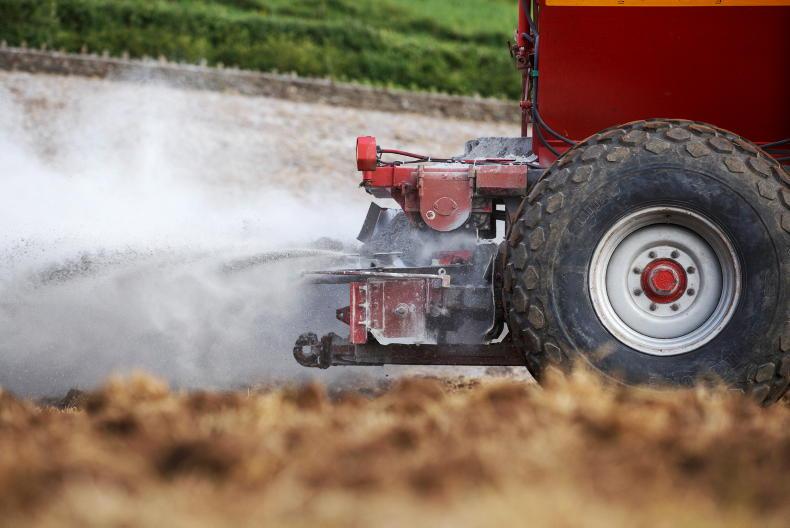
Lime will have to be applied in nearly all cases of reseeding, as the rotting of the old sward increases the acidity of the soil.
Care should be taken on high molybdenum (Mo) soils not to raise pH above 6.2. Increasing the pH above this level will increase the availability of Mo and this, in turn, poses a risk of copper deficiency in animals by reducing copper absorption.
Where swards are sprayed off prior to reseeding, the rotting of the old sward will increase soil acidity, meaning nearly all reseeds will require a lime application.
Where lime is spread after pastures have been tilled, care needs to be taken to incorporate the lime into the soil without driving it below the root structure of the new grass seedling. A single run with a chain harrow is usually sufficient.
Stitching in, min-till or ploughing
The decision on what method to use to prepare ground for reseeding is farm-specific, with different methods suiting certain farms and soil types.
Generally, ploughing is advised where there is an issue with compaction or drainage, although this can also be rectified using a subsoiler.
Min-till is increasing in popularity in recent years, with farmers opting for it in lieu of ploughing due to the highest-fertility soil being kept close to the surface as opposed to ploughing this down.
Where ground is hard and stony, stitching in may be the best option. In all cases, you should spray off the old sward prior to tilling. Seedbeds should be fine, firm and level, with rolling advised post-sowing to retain moisture and ensure good soil-to-seed contact.
Clover should be incorporated in to nearly all new reseeds and is a requirement for derogation farmers. The general advice is to use 5kg of pelleted clover per hectare, and similar to grass varieties, there is a PPI list for clover varieties.
Red clover is more suited to silage swards as white clover shows poor persistency when cut regularly. Incorporating clover in to new reseeds will help to reduce the reliance of artificial fertiliser, as well as increase the protein content of the sward.
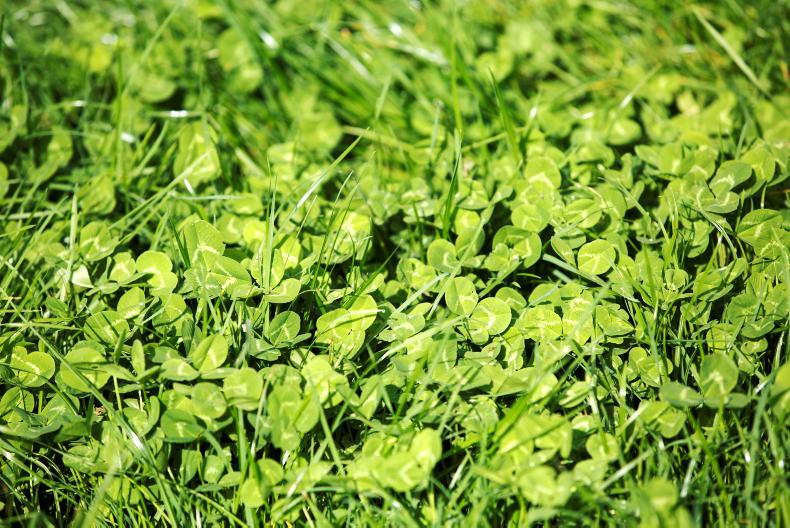
Clover has a number of benefits and should be incorporated in to swards at the reseeding stage as post-grazing management of reseeds is also suited to clover establishment.
Farmers can use a mix of small-, medium- and large-leaf clovers. Where bloat is a possible issue, small-leaf varieties grow closer to the ground, making them less accessible to graze while still fixing atmospheric nitrogen, although livestock will not get the benefit of the added protein from clover in this situation.
Care should be taken with the post-emergence spray used that it is clover-safe, and the generally grazing management of new reseeds is suited to clover establishment.
Fertiliser application should ideally be dictated by soil sample results. In the early stages of growth, there is a large draw on the plant for P and K. If soil samples are not available, an application of three bags of 10-10-20 compound fertiliser is recommended, followed by a further 30 units of nitrogen at week five or six.
Where clover has been incorporated in to the sward, nitrogen application can be reduced to 0.4 to 0.5 units per day, although care should be taken in the early stages as clover will not be fixing a great deal of N.
Any sign of yellowing or stress in the grass plant might mean a lack of N.
All the correct procedures taken in reseeding grassland can be undone by poor grazing management afterwards.
New swards should generally be grazed seven to eight weeks after sowing, at a cover of 1,200kg DM/ha.
It is advised not to cut newly reseeded grassland for silage for 12 months post-reseeding
A good rule of thumb is that you should be able to pull grass with your hand (similar to a cow grazing) without the roots being pulled up.
If ground conditions are an issue, graze with lighter stock such as calves or sheep, grazing down tightly to a height of 3.5cm to 4cm. This will cause tillering of the grass plant, resulting in a thicker sward that will yield more and also prevent encroachment of weeds.
Where clover is sown, tight grazing will allow for light to reach the base of the plant, while grazing at lighter covers will help prevent clover being smothered by the grasses sown.
Grazing after this should be done at covers of 1,000kg to 1,100kg DM/ ha to further encourage tillering.
It is advised not to cut newly reseeded grassland for silage for 12 months post-reseeding.
Reseeding is an investment, costing in the region of €350/ac to €400/ac in 2022 for a full reseed. Ensuring that you take the correct steps when reseeding will see a maximum return on your investment.
Timing
Timing of reseeding is critical. Spring is the most common time for reseeding to be completed. On farms that suffer drought stress in the summer, reseeds should be completed earlier in spring to prevent a slowdown in germination.
Autumn reseeds completed in July or August work well, although they also pose the risk of weather conditions causing issues regarding poor growth, difficult grazing conditions and difficulty in applying a post-emergence spray.
Soil fertility
Before reseeding is considered, soil fertility should be assessed. Where soil P and K levels are index 1 or 2, steps should be taken to correct these before starting a reseed.
Sub-optimal fertility levels in soils will result in a poor uptake of nutrients by the new grass sward, leading to non-productive grasses and weeds becoming more prevalent than our desired plant species. Farmyard manure or slurry are the most cost-effective ways to build soil fertility, as well as adding organic matter to the soil.
Weed control
In nearly all circumstances, it is advisable to spray off the old grass sward with glyphosate prior to completing any tilling work. Killing off the old sward will prevent it from competing with new grass shoots.
For farmers opting to reseed grasses after silage-cutting, glyphosate should be applied five to seven days prior to cutting. Cutting before this time will mean that all the spray has not exited the leaf, and leaving it longer than seven days will mean the grass will start to decay and rot.
Equally important to spraying off the sward prior to reseeding is the six-week post-emergence spray. This will kill off any weedlings that have emerged in the sward, although this is not an option for multispecies swards (MSS).
For MSS, spot spraying of docks, thistles, etc, is advisable.
Similar to P and K levels, an incorrect pH will mean that a newly seeded sward will be starting on the back foot.
Ideally, soil samples will have been taken prior and soil pH will have been corrected.
Ground limestone offers the best value for money compared to granulated lime in regards to neutralising value. However, ground limestone has a variety of particle sizes, some of which may take up to 18 months to break down and aid in neutralising.
Where soil pH is less than optimal at time of reseeding, a combination of ground limestone and granulated lime may be the best option.

Lime will have to be applied in nearly all cases of reseeding, as the rotting of the old sward increases the acidity of the soil.
Care should be taken on high molybdenum (Mo) soils not to raise pH above 6.2. Increasing the pH above this level will increase the availability of Mo and this, in turn, poses a risk of copper deficiency in animals by reducing copper absorption.
Where swards are sprayed off prior to reseeding, the rotting of the old sward will increase soil acidity, meaning nearly all reseeds will require a lime application.
Where lime is spread after pastures have been tilled, care needs to be taken to incorporate the lime into the soil without driving it below the root structure of the new grass seedling. A single run with a chain harrow is usually sufficient.
Stitching in, min-till or ploughing
The decision on what method to use to prepare ground for reseeding is farm-specific, with different methods suiting certain farms and soil types.
Generally, ploughing is advised where there is an issue with compaction or drainage, although this can also be rectified using a subsoiler.
Min-till is increasing in popularity in recent years, with farmers opting for it in lieu of ploughing due to the highest-fertility soil being kept close to the surface as opposed to ploughing this down.
Where ground is hard and stony, stitching in may be the best option. In all cases, you should spray off the old sward prior to tilling. Seedbeds should be fine, firm and level, with rolling advised post-sowing to retain moisture and ensure good soil-to-seed contact.
Clover should be incorporated in to nearly all new reseeds and is a requirement for derogation farmers. The general advice is to use 5kg of pelleted clover per hectare, and similar to grass varieties, there is a PPI list for clover varieties.
Red clover is more suited to silage swards as white clover shows poor persistency when cut regularly. Incorporating clover in to new reseeds will help to reduce the reliance of artificial fertiliser, as well as increase the protein content of the sward.

Clover has a number of benefits and should be incorporated in to swards at the reseeding stage as post-grazing management of reseeds is also suited to clover establishment.
Farmers can use a mix of small-, medium- and large-leaf clovers. Where bloat is a possible issue, small-leaf varieties grow closer to the ground, making them less accessible to graze while still fixing atmospheric nitrogen, although livestock will not get the benefit of the added protein from clover in this situation.
Care should be taken with the post-emergence spray used that it is clover-safe, and the generally grazing management of new reseeds is suited to clover establishment.
Fertiliser application should ideally be dictated by soil sample results. In the early stages of growth, there is a large draw on the plant for P and K. If soil samples are not available, an application of three bags of 10-10-20 compound fertiliser is recommended, followed by a further 30 units of nitrogen at week five or six.
Where clover has been incorporated in to the sward, nitrogen application can be reduced to 0.4 to 0.5 units per day, although care should be taken in the early stages as clover will not be fixing a great deal of N.
Any sign of yellowing or stress in the grass plant might mean a lack of N.
All the correct procedures taken in reseeding grassland can be undone by poor grazing management afterwards.
New swards should generally be grazed seven to eight weeks after sowing, at a cover of 1,200kg DM/ha.
It is advised not to cut newly reseeded grassland for silage for 12 months post-reseeding
A good rule of thumb is that you should be able to pull grass with your hand (similar to a cow grazing) without the roots being pulled up.
If ground conditions are an issue, graze with lighter stock such as calves or sheep, grazing down tightly to a height of 3.5cm to 4cm. This will cause tillering of the grass plant, resulting in a thicker sward that will yield more and also prevent encroachment of weeds.
Where clover is sown, tight grazing will allow for light to reach the base of the plant, while grazing at lighter covers will help prevent clover being smothered by the grasses sown.
Grazing after this should be done at covers of 1,000kg to 1,100kg DM/ ha to further encourage tillering.
It is advised not to cut newly reseeded grassland for silage for 12 months post-reseeding.







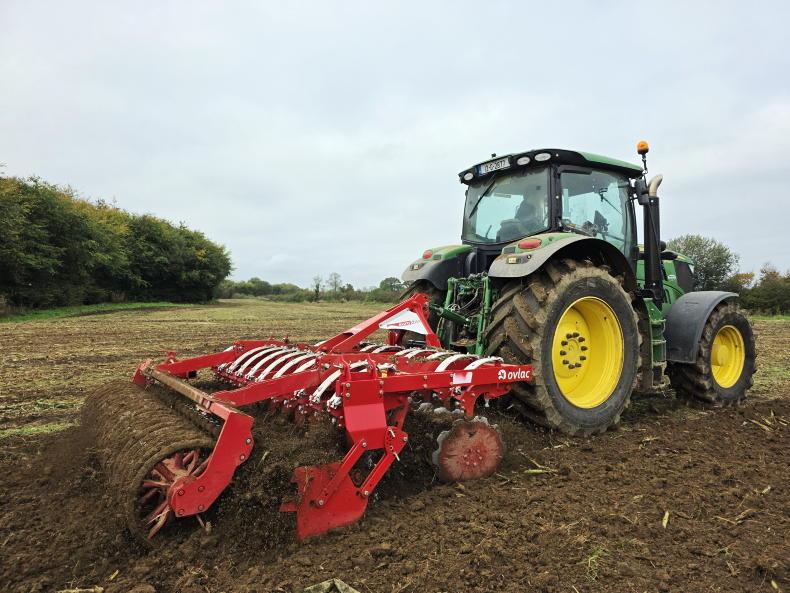

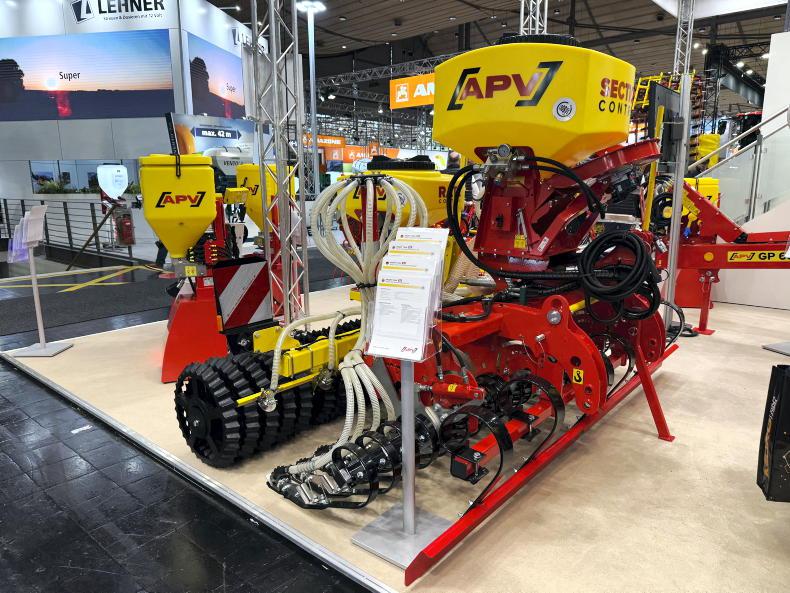
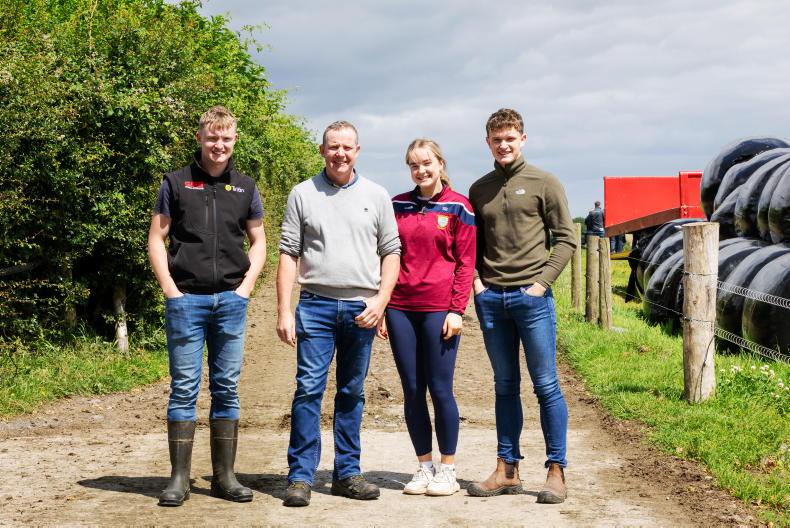
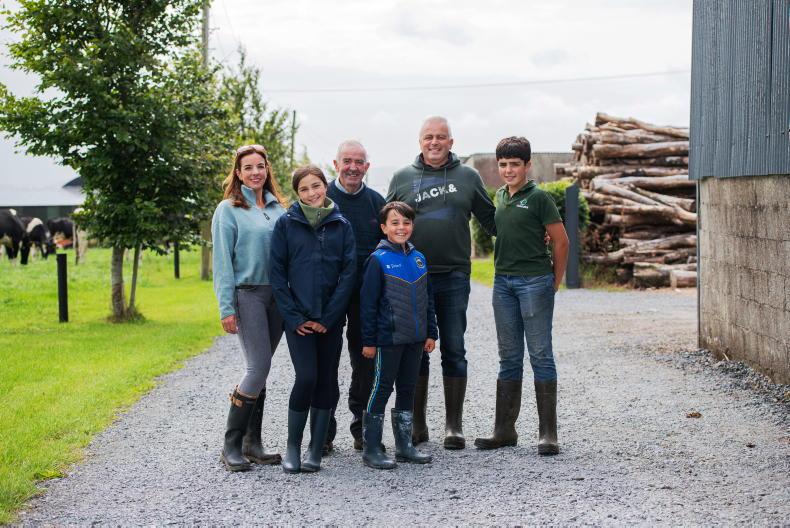
SHARING OPTIONS